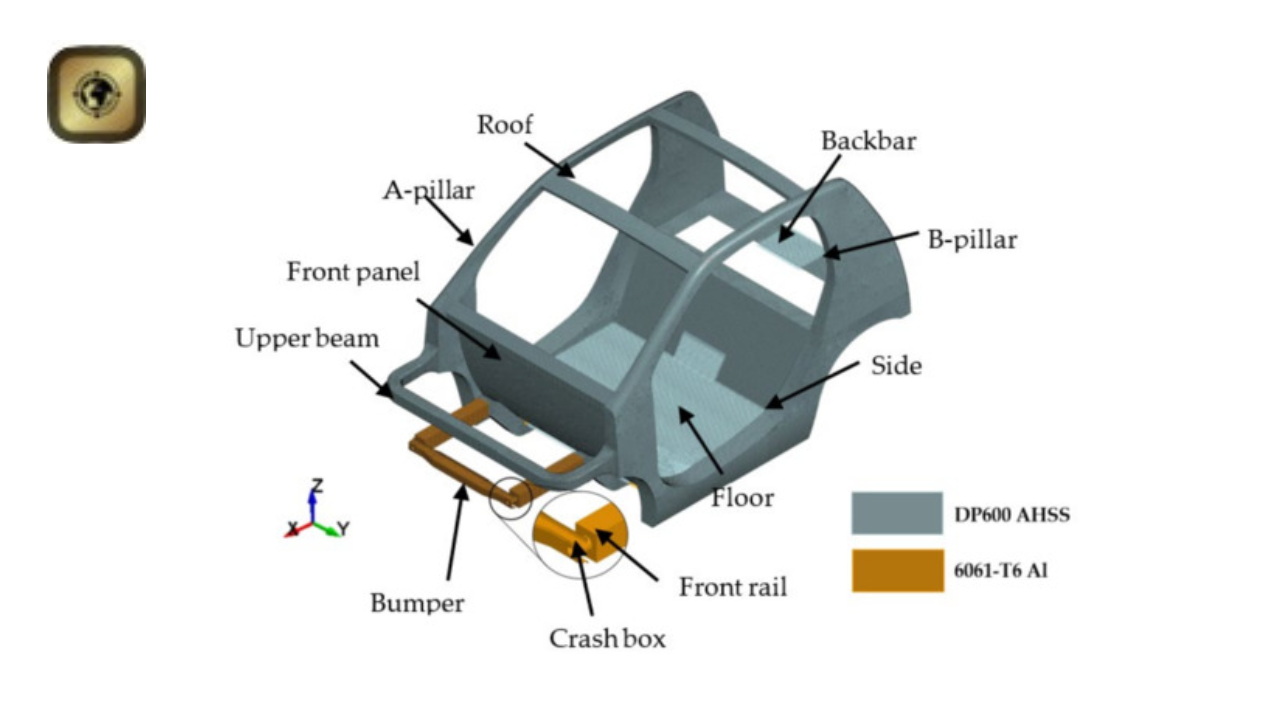March 26, 2025
- What is a Car Crash Test?
Car crash tests are organized and controlled assessments performed to evaluate how a vehicle behaves during simulated collisions. These tests simulate actual accidents, including frontal, side, and rear-end collisions, to assess the effectiveness of safety features and the vehicle’s structural integrity.
Crash tests are carried out by organizations such as the National Highway Traffic Safety Administration (NHTSA), the Insurance Institute for Highway Safety (IIHS), and the European New Car Assessment Programme (Euro NCAP). These evaluations offer essential insights into a vehicle’s capability to protect occupants and minimize damage during accidents. The main metrics analyzed in crash tests encompass passenger safety, structural integrity, and the efficiency of safety features.
The seatbelt pretensioner improves the effectiveness of seat belts during a crash. Its primary function is to quickly tighten the belt, reducing passenger movement and decreasing the risk of serious injuries.
In contrast to standard seat belts, pretensioners remove slack by promptly pulling the belt tight, offering a more secure fit for the passenger. When used alongside airbags, pretensioners considerably enhance passenger safety and lower the chances of life-threatening injuries.
Innovative safety features like seatbelt pretensioners not only augment safety but may also lead to lower car insurance premiums due to a reduced likelihood of severe injuries and costly claims.
Seatbelt pretensioners are thoroughly tested in car crash evaluations to ensure optimal functionality. The primary types include:
Mechanical Pretensioners
These utilize springs and gears to tighten the belt. Although not as precise as contemporary systems, they still improve the performance of seat belts.
Pyrotechnic Pretensioners
The most prevalent type in current vehicles, pyrotechnic pretensioners employ a small explosive charge to instantly retract the belt. A gas explosion forces a piston or spool, tightening the belt. These systems frequently operate in conjunction with airbags for maximum safety.
Electrical Pretensioners
These systems utilize electronic signals to activate a motor that tightens the belt. Often integrated into advanced driver assistance systems (ADAS), they can take proactive measures when a collision is sensed.
By evaluating the performance of these varieties in crash tests, manufacturers enhance their designs to provide the highest level of protection. Vehicles equipped with advanced pretensioners often qualify for car insurance rebates due to their improved safety features.
Working Principle of Seatbelt Pretensioner
- The functioning of a seatbelt pretensioner merges engineering and technology. Here’s the mechanism during a crash:
Crash Detection
Sensors within the vehicle track acceleration, deceleration, and collision forces. When a crash is identified, they transmit a signal to the pretensioner system.
Activation Mechanism
Pyrotechnic pretensioners utilize small explosive charges to produce gas pressure that activates a piston or spool to tighten the belt, while electrical pretensioners depend on an electric motor or actuator to retract the belt once they receive the signal.
Belt Retraction
The pretensioner swiftly pulls the belt tight, removing slack and securely restraining the passenger. This action occurs in a matter of milliseconds, often at the same time as airbag deployment.
Post-Accident Reset
Pyrotechnic pretensioners are components meant for single use and must be replaced once activated. However, electrical systems can be reset and are reusable. Typically, comprehensive car insurance covers the expenses related to the replacement or repair of pretensioners.
- Conclusion
Car crash tests are essential for guaranteeing vehicle safety, delivering crucial insights into vehicle performance during collisions. Features such as seatbelt pretensioners have demonstrated life-saving capabilities, minimizing the likelihood of injuries and deaths. By comprehending the various types and operational principles of pretensioners, consumers can make well-informed choices when selecting vehicles.
In addition to improving safety, crash test ratings impact car insurance rates. Vehicles equipped with high safety ratings and advanced features usually lead to reduced premiums, especially for comprehensive car insurance. Crash tests not only safeguard lives but also provide reassurance to drivers, ensuring that contemporary vehicles adhere to strict safety standards for all users of the road.
Disclaimer: The information above is intended for illustration only. For additional information, please consult the policy documents and prospectus before finalizing the sale.



Leave A Comment